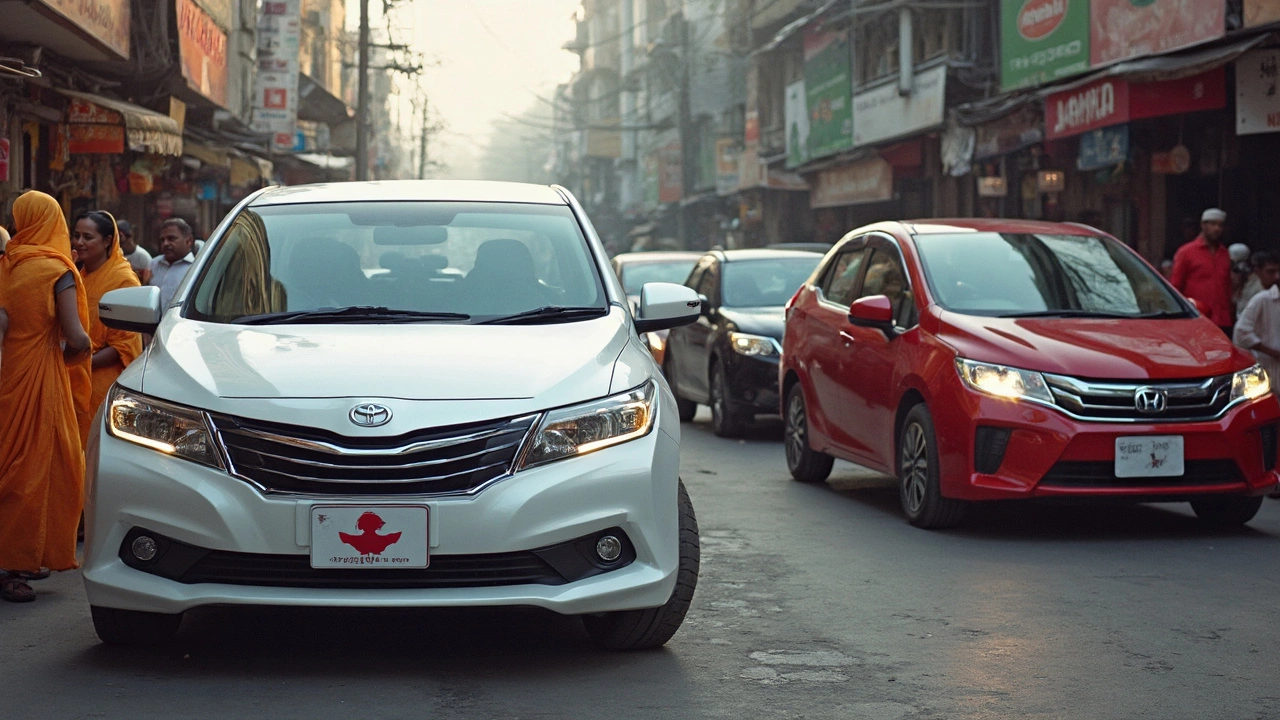Car Brands: What You Need to Know in 2025
When you think about buying a car, the brand name is the first thing that pops up. It tells you about reliability, resale value, and the kind of experience you’ll get behind the wheel. In 2025 the market is buzzing with fresh models, tighter emission rules, and more options to import cars from abroad. This guide cuts through the noise and gives you straight‑forward answers about which brands are worth your money and how to bring a foreign car into India without headaches.
India’s own manufacturers—Maruti, Tata, and Mahindra—still dominate the streets because of their service network and affordable pricing. At the same time, premium brands like Hyundai, Kia, and MG are pushing higher‑tech interiors and better fuel efficiency. If you’re after a luxury feel, German makers such as BMW, Mercedes‑Benz, and Audi are expanding their dealer base, but they also come with higher import duties and maintenance costs.
Choosing the Right Car Brand
Start by listing what matters most to you: fuel economy, space, tech features, or resale value. For daily city commuting, a compact hatchback from Maruti or Hyundai gives you low running costs and easy parking. Need extra cargo space? Look at midsize SUVs from Tata or Kia, which now offer hybrid options that cut fuel spend.
Next, check the after‑sales network. A brand with a wide service spread saves you time and money when something goes wrong. Maruti and Tata score high here, while newer entrants like MG rely on a growing but still limited network.
Don’t ignore safety ratings. Many global brands publish crash test results, and Indian manufacturers are catching up. If safety is a priority, prioritize brands that have earned five‑star ratings from Global NCAP.
Importing Cars: Key Steps and Costs
Importing a car can give you access to models not sold locally, but it adds paperwork and fees. First, verify that the vehicle complies with Indian emission standards (Bharat Stage VI) and safety norms. The easiest way is to choose a car that’s already homologated for India; otherwise, you may need to get a certification from the Automotive Research Association of India.
Calculate the total landed cost: CIF (cost, insurance, freight) plus customs duty, GST, and registration fees. For a fully built‑up (FBU) car, the customs duty is typically 100 % of the CIF value, plus 28 % GST on the duty‑inclusive amount. Use a simple spreadsheet to see whether the final price still makes sense compared to a locally available equivalent.
Choose a reputable shipping line that offers roll‑on/roll‑off (RoRo) service for passenger cars; it’s cheaper than container shipping but provides less protection. Make sure the shipper handles customs clearance, or hire a customs broker who can file the Bill of Entry and arrange for a No Objection Certificate (NOC) from the Ministry of Road Transport.
Finally, plan for registration. You’ll need the import clearance, insurance, and a fitness certificate from a recognized testing agency. Once the RTO processes the paperwork, you’ll get Indian number plates and can hit the road.
Whether you stick with a home‑grown brand or decide to import a niche model, the key is to match the car’s strengths with your needs and budget. Keep an eye on upcoming electric models from both Indian and foreign makers—they’re set to reshape the brand landscape in the next few years. By staying informed and doing the math, you’ll drive away with a car that fits your lifestyle without breaking the bank.
Top Japanese Car Brands: Unveiling Their Impact on Indian Roads
Japanese car brands have significantly influenced the automobile market in India, offering reliability, innovation, and fuel efficiency. With popular brands like Toyota, Honda, and Nissan each bringing unique strengths, Japanese cars have carved a prominent place in the Indian market. They are known for their engineering precision, innovative designs, and environmentally friendly technology, making them a popular choice among Indian consumers. This article explores the top Japanese car brands, their notable qualities, and their growing impact on Indian roads.
Read More